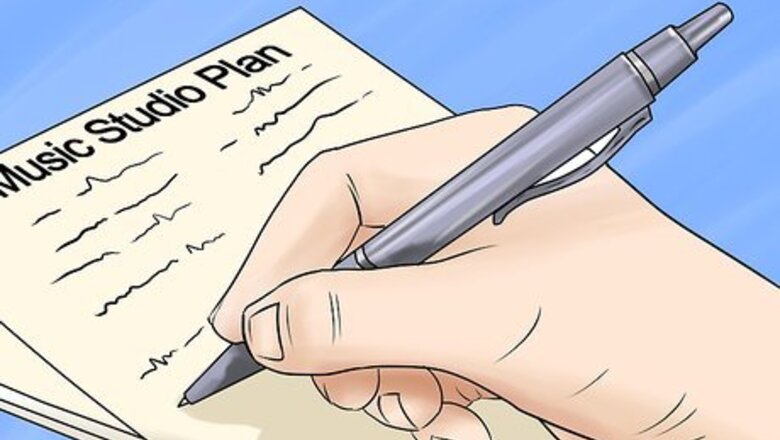
views
Building a Home Studio
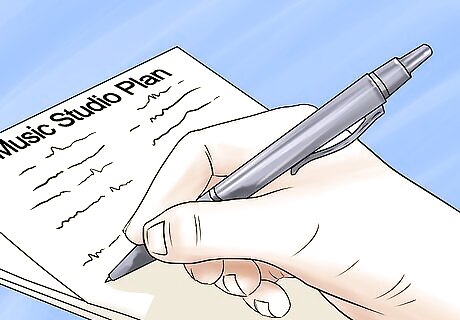
Write a plan of what you want to do. Do you want to build a recording studio? Is it a singing booth? Is it an engineering booth? Is it for computer-based music production? Knowing what you want before you start can help you decide which equipment you will need. Doing extensive research will help at this stage. Try to find a specialist at PC World, or your local Apple shop, take notes and then find more information on the Internet.
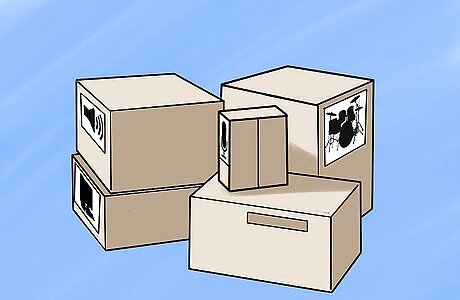
Acquire the appropriate equipment. This will include such items as amplifiers, microphones, mixers, electric instruments, cables for connecting it all together. A modern computer built or purchased within the past three years should be sufficient. If possible, acquire a working high-quality soundcard, such as an M-Audio Fast Track Pro or Digidesign Mbox 2 Mini. Creative Labs does have a Pro Music line called EMU. A 1212M PCI system is ideal if you were going to go that route. Monitor speakers are helpful if you are looking to stick with this for more than a hobby. The M-Audio Studiophile BX8a's, KRK RP-8 Rokit work well, and if you've got money to burn, the Mackie HR824 Studio Monitors. If you're into hip-hop, techno, or dance music, a set of turntables will be needed to record your sets or scratches on the fly. You can also use DJ software such as Traktor or Serato and a USB DJ controller to try out your mixes. A midi keyboard will be useful if you want to use midi software (which you can use to write bass lines, piano parts, and drum beats). Nothing fancy is needed, but each person will have their own preference. There are many advantages to having a midi keyboard because it will give you the tactile feel of a real instrument, which can greatly aid creativity.
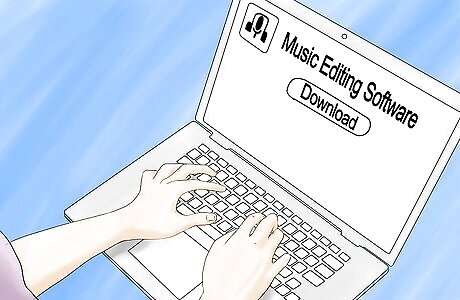
Buy or download music-editing software for your PC. Pro Tools, Cubase, Reason, and FL Studio are popular brands for Windows while Logic is popular with Macs. Macs include a built in music-editing program called GarageBand. Garageband is great for beginners but it will be a good idea to upgrade to more advanced music production software such as Logic or Pro Tools to make more professional quality music.
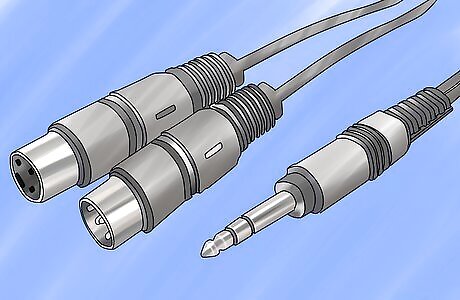
Connect everything up. This is where most of the genius (and perspiration!) comes in. In general, keep it as simple as possible. For best playback quality run from the sound card into a mixer or amplifier and then to your monitor speakers. For best recording quality, run instruments/mics into a mixer(make sure you are getting a perfect signal) then run from the mixer into the sound card.
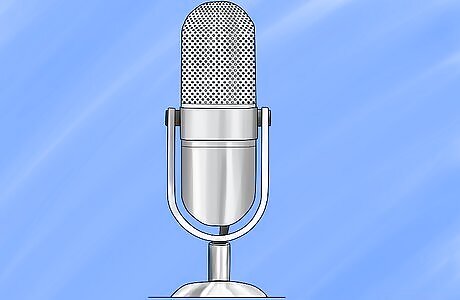
Learn how to record a sound from an input line and how to arrange pre-recorded sounds. Also learn how to turn an arrangement into a .wav or .mp3 file. (After all, eventually we want to make a CD with all this awesome music!)
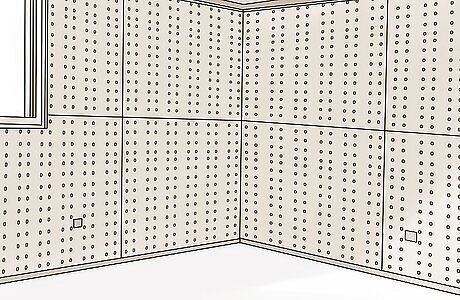
Select a room in your house. Sound-proof it if possible. If not, try to use special carpet or insulation that can at least reduce external noise.

Start writing simple tracks. Start off with a drumbeat. Add a bass line or piano or vocal track. Start mixing. Explore! It's all about experimentation. At the beginning, you don't have to write a masterpiece - just focus on having fun!
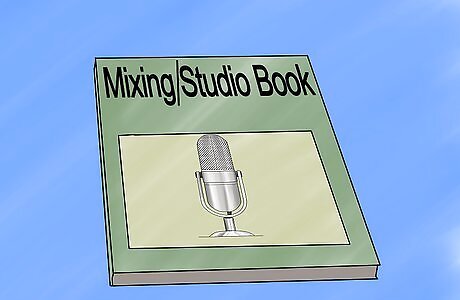
If you have trouble with any of the above, pick up a Mixing / Studio Book. It will help you understand the underlying concepts needed to keep you going for a lifetime. Check out videos on YouTube to learn simple concepts and how to work your equipment.
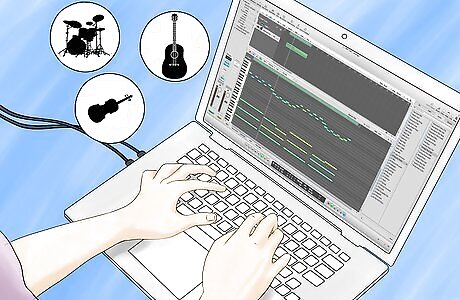
Once you've learned the basics, start breaking it down. Lay a bunch of tracks together. Experiment with processed effects. Experiment with plugins, loops, new hardware and anything else you can get your hands onto.
Building a Basic Studio for Recording on a Budget

Obtain a suitable computer, preferably a Mac. It must be installed in the room you want to create music.
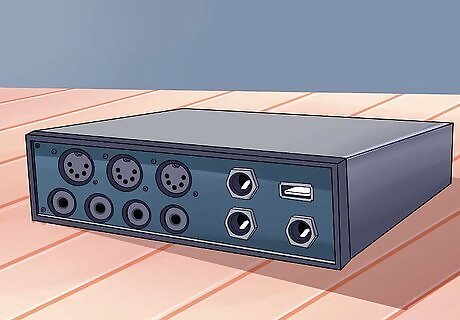
Get an audio interface, mic and sound output. For a few hundred dollars or pounds, you can pick up the Focusrite Scarlett Studio, with a 2i2 interface, CM25 mic and HP60 headphones.

Plug it in. The Scarlett Studio comes with all the cables included.

Start your Digital Audio Workstation program. PCs are best with Cubase, Macs with GarageBand or Logic Pro X.
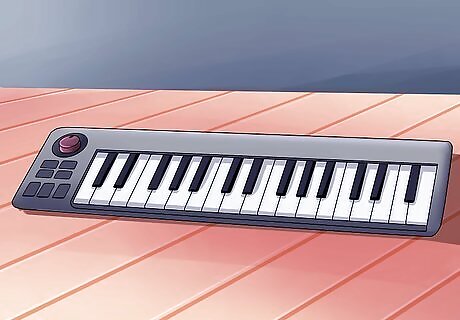
Get a MIDI keyboard . Plug it in.
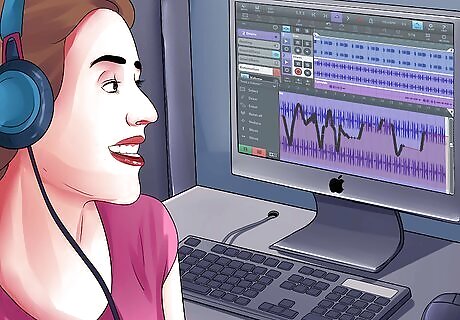
You have a basic studio. Enjoy!











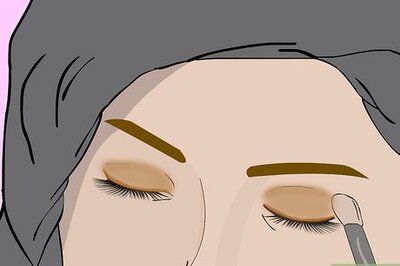
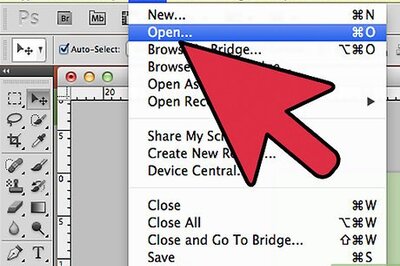

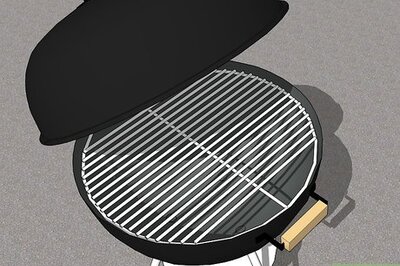


Comments
0 comment